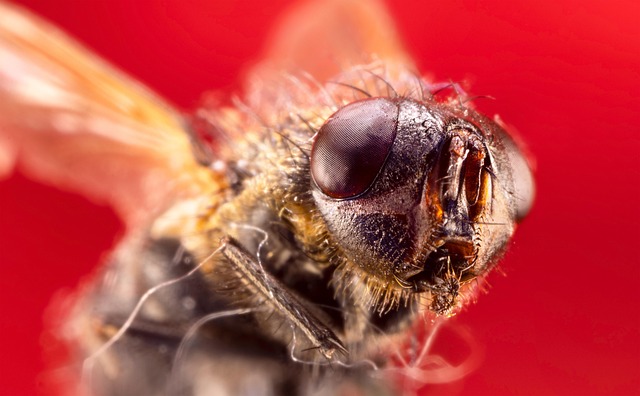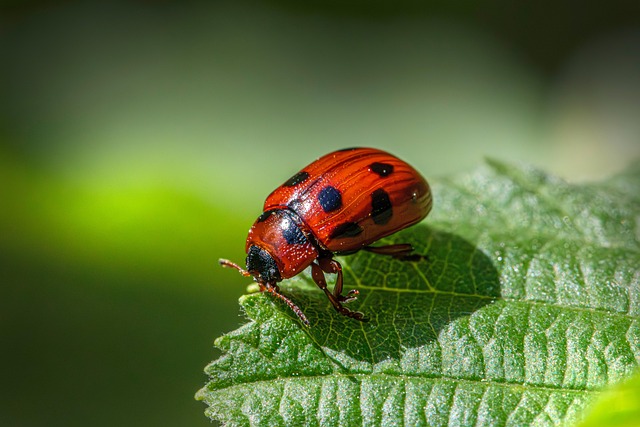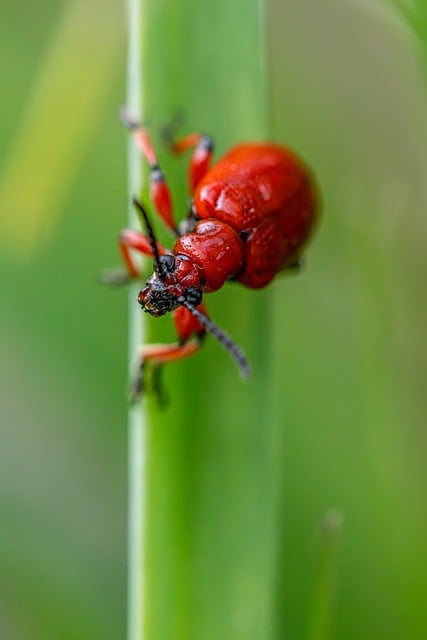A musty smell in your Wheat Ridge basement may signal gopher infestation. Locate burrows, seal entry points, and consult pest control professionals for safe trapping and tailored solutions to eliminate gophers and prevent future damage.
Are you tired of dealing with that persistent musty smell in your Wheat Ridge home? It could be an indication of an unwelcome visitor—gophers. These burrowing rodents can cause significant damage and leave behind unpleasant odors. Identifying their presence is the first step to finding the source. In this article, we’ll guide you through the process of locating gophers by tracking musty smells and share effective strategies recommended by pest control specialists for long-lasting relief.
- Identifying Gophers: Signs and Symptoms in Your Home
- Locating the Source: Tracking Musty Smells to Their Origin
- Effective Strategies: Eliminating Gophers for Long-Lasting Relief
Identifying Gophers: Signs and Symptoms in Your Home

If you’ve noticed a peculiar, musty smell wafting from your Wheat Ridge basement, it could be a sign of unwelcome visitors: gophers. These burrowing rodents are often hidden from view but can cause significant damage to homes and property. Identifying their presence is crucial for effective pest control.
Look for specific symptoms like chewed wires or insulation, small piles of dirt near walls or floors, or visible holes leading into your basement. Gophers leave behind distinct signs that indicate their activity. A musty odor is often the first clue something amiss is present—pest control professionals can help pinpoint and eliminate these burrowers to ensure your home remains safe and secure.
Locating the Source: Tracking Musty Smells to Their Origin

If you’re noticing a musty smell in your Wheat Ridge basement, don’t overlook it—it could be a sign of an invasive pest problem. Locating the source is crucial for effective pest control. Start by following your nose; musty odors often indicate damp or hidden areas where pests like gophers might be active. Check for any signs of water damage or mold growth, as these can attract pests and create breeding grounds.
Pay attention to corners, cracks, and crevices where moisture can collect. Gophers often enter homes through these openings, so examining walls, floors, and foundations for any scent or visible evidence is essential. If the smell persists after addressing apparent water sources or structural issues, consider calling in professional pest control specialists who can track the source using specialized techniques and equipment designed to detect even subtle scents.
Effective Strategies: Eliminating Gophers for Long-Lasting Relief

Effective Strategies for Eliminating Gophers
Gopher infestations can lead to significant damage, from burrowing that destabilizes structures to chewed wires and plants. To ensure long-lasting relief, it’s crucial to address the problem at its root. Start by finding the source of the musty smell in your Wheat Ridge basement, a clear indicator of gopher activity. Once located, identify entry points and take measures to seal them off, blocking any visible burrows or holes with steel wool or concrete. Regularly inspect areas prone to infestation, such as gardens and crawl spaces, to catch signs early.
For persistent problems, consider professional pest control services specializing in gopher control. They employ safe, effective methods like trapping and repellents tailored to your specific situation. By combining physical barriers with targeted treatments, these specialists offer a comprehensive solution, ensuring gophers are removed humanely and prevent future invasions.
If you’ve identified gophers as the culprit behind that persistent musty smell in your Wheat Ridge basement, it’s time to take action. By understanding their behavior and implementing effective strategies from our pest control specialists, you can successfully eliminate these unwanted intruders and prevent future infestations. Remember, quick identification and targeted treatment are key to maintaining a comfortable and pest-free living environment.
